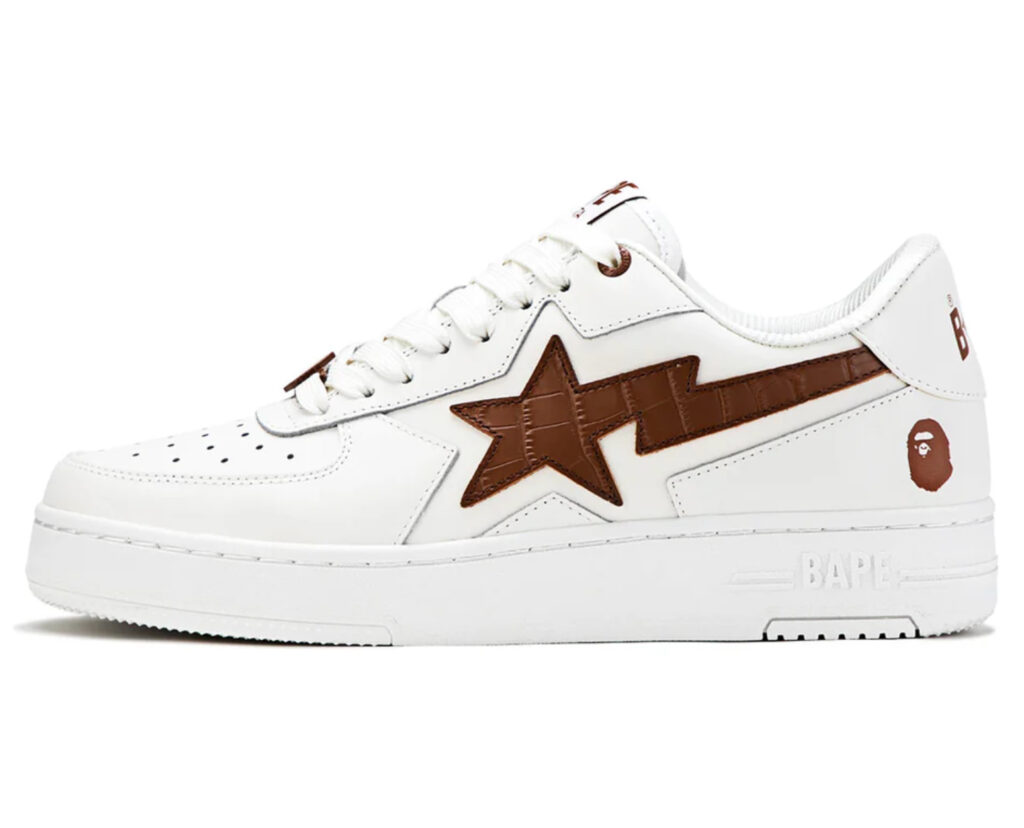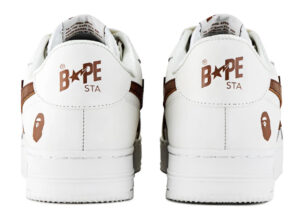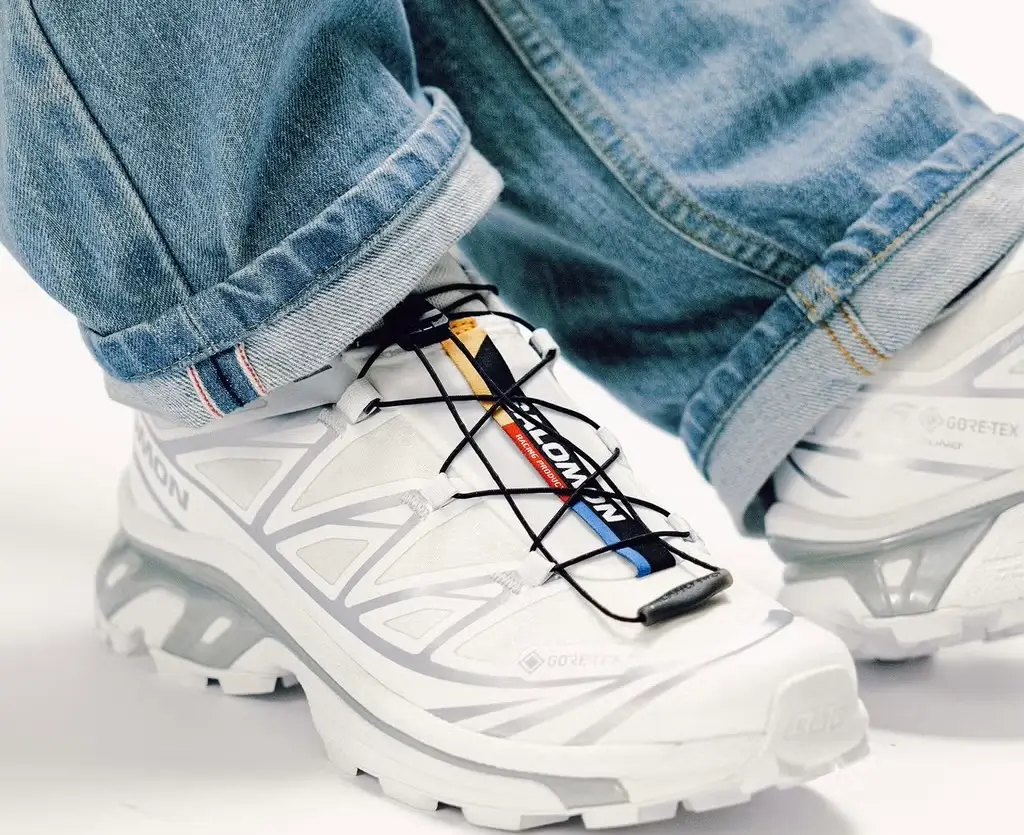In the global mosaic of streetwear, few silhouettes command the reverence of the BAPE STA ICON #1 MENS Shoes. Since its introduction by Japanese fashion icon Nigo in the early 2000s, the BAPE STA has lived many lives—emerging from Harajuku alleyways, thriving on hip-hop’s co-signs, and now entering a new phase of evolution through the ICON #1 interpretation. Sleek yet unmistakably brash, the ICON #1 is more than a sneaker; it is a timestamp of an era when haute streetwear matured into a global language.
The BAPE STA ICON #1 isn’t a nostalgia act, though it plays with legacy. Instead, it’s a statement of reinvention—where materials are enhanced, proportions are retooled, and the familiar star emblem doesn’t just float on the panel but practically glows. In the lineage of shoes that blur art, attitude, and affluence, few are as instantly recognizable or as defiant in spirit.
A Concrete Foundation: History Reaffirmed
To understand the ICON #1’s significance, one must first revisit the original BAPE STA—a silhouette famously likened to the Nike Air Force 1, but differentiated by its lacquered patent leather, bold colorways, and the shooting star (STA) logo. In the 2000s, the BAPE STA became a cult favorite among U.S. rap titans—Pharrell, Kanye West, Lil Wayne—and in doing so, cemented its place in shoes history.
The ICON #1, however, moves away from mimicry and into iconography. It’s a design rooted in maturity. Where earlier iterations boasted flashy palettes and comic book chromatics, the ICON #1 offers cleaner lines, elevated materials, and a more structured silhouette. It’s as if the shoe grew up with its original wearers—no longer trying to shout in a crowded room but commanding attention through presence.
Structure and Material: Luxury Through Tactility
The updated build of the ICON #1 is where it earns its new title. A-BATHING APE’s decision to reinforce the upper with premium full-grain leather reflects a pivot toward durability and prestige. The leather doesn’t just shine—it breathes, creases, and adapts over time, ensuring every pair becomes uniquely shaped to its owner.
The outsole remains loyal to the classic cupsole model but subtly refined for modern comfort. Beneath the surface, a cushioned EVA midsole has been installed to increase long-term wearability, catering to a new generation of consumers who want luxury without sacrificing function.
Finishing details like waxed laces, embroidered heel tabs, and metallic lace locks underscore the luxury ambitions of the ICON #1. No longer just a cultural totem, the shoe evolves into a wearable artifact—part archive, part avant-garde.
Colorways and Cultural Coding
At release, the BAPE STA ICON #1 dropped in a tight lineup of monochrome-driven colorways—black, white, navy, and gray—each emphasizing the sculptural form rather than distracting through color. This restraint is deliberate. BAPE, long known for its aggressive use of graphics and camo, chooses here to communicate through silhouette.
In doing so, the ICON #1 becomes versatile—appropriate not just for flexing but for fitting into broader wardrobes, from tailored streetwear to casual formalism. It’s a nod to the growing overlap between streetwear and high fashion, where context is king and restraint can often say more than volume.
This reduction also allows the shoe’s branding to shine in a new light. The STA logo, now slightly recessed and framed with precision stitching, becomes a jewel-like feature. It gleams without shouting—an evolution from maximalism to minimalist confidence.
Fashion and Function in a Post-Hype Era
In today’s sneaker economy, the notion of “hype” has undergone a massive transformation. While many brands chase virality through surprise drops and celebrity endorsements, BAPE’s approach with the ICON #1 feels considered, even intimate. There’s no algorithmic stunt here—just a refined product that speaks to longtime fans and new admirers alike.
More importantly, the BAPE STA ICON #1 arrives in an era where longevity is the new flex. Consumers are asking more from their sneakers—less gimmick, more story; less noise, more intention. The ICON #1 delivers precisely that: a thoughtful update of a cultural mainstay, tailored for contemporary sensibilities.
This positions the ICON #1 not as an accessory to the hype machine, but as a stabilizing force within it. It resists the disposable nature of current drops and invites its wearer into a longer, more meaningful relationship.
Intersections with Music, Design, and Urban Identity
Historically, BAPE sneakers have been tethered to music culture, especially in the United States. From Nigo’s friendship with Pharrell to BAPE’s visibility in music videos and stage appearances, the shoe has always lived at the intersection of fashion and rhythm. The ICON #1 maintains that energy—but in a quieter, more intentional register.
It’s a shoe you can imagine on stage—but also in galleries, at design fairs, and in editorial spreads. The product speaks not only to the musician or skater, but to the urban intellectual: someone who moves fluidly across cultural spheres without shedding their style vocabulary.
In this sense, the ICON #1 is not just for the streets—it’s for the new breed of city-dwellers who treat sneakers not as tools, but as narrative extensions of their identities.
Retail Strategy and Market Response
Retail-wise, A BATHING APE released the ICON #1 as a first-wave core product, not a limited-run gimmick. This suggests a return to foundational strategy: re-establishing staple products that define brand heritage and customer trust. Priced competitively in the luxury-streetwear bracket, the ICON #1 finds itself in an interesting middle zone—below Rick Owens’ Geobasket but above Nike’s general release AF1s.
Early sell-through reports from flagship stores in Tokyo and New York indicate healthy demand, especially in black and white iterations. The response suggests that the ICON #1 has succeeded in something rare: convincing both purists and new adopters of its merit without relying on collaborations.
The Future of BAPE STA
Where does BAPE go from here? If the ICON #1 is any indication, the brand may finally be embracing its dual identity—as both heritage and innovation. By refining rather than rebooting its icons, BAPE reasserts control over its narrative, pushing against the fragmentation that often plagues legacy streetwear brands.
Expect future iterations of the ICON to explore more artisanal territory: embossed leathers, asymmetrical panels, hand-dyed uppers. But if BAPE is wise, they’ll let the ICON #1 breathe first—allow it to embed in culture, in wardrobes, in memory.
Because ultimately, that’s what icons do. They don’t just trend—they stay.
No comments yet.









